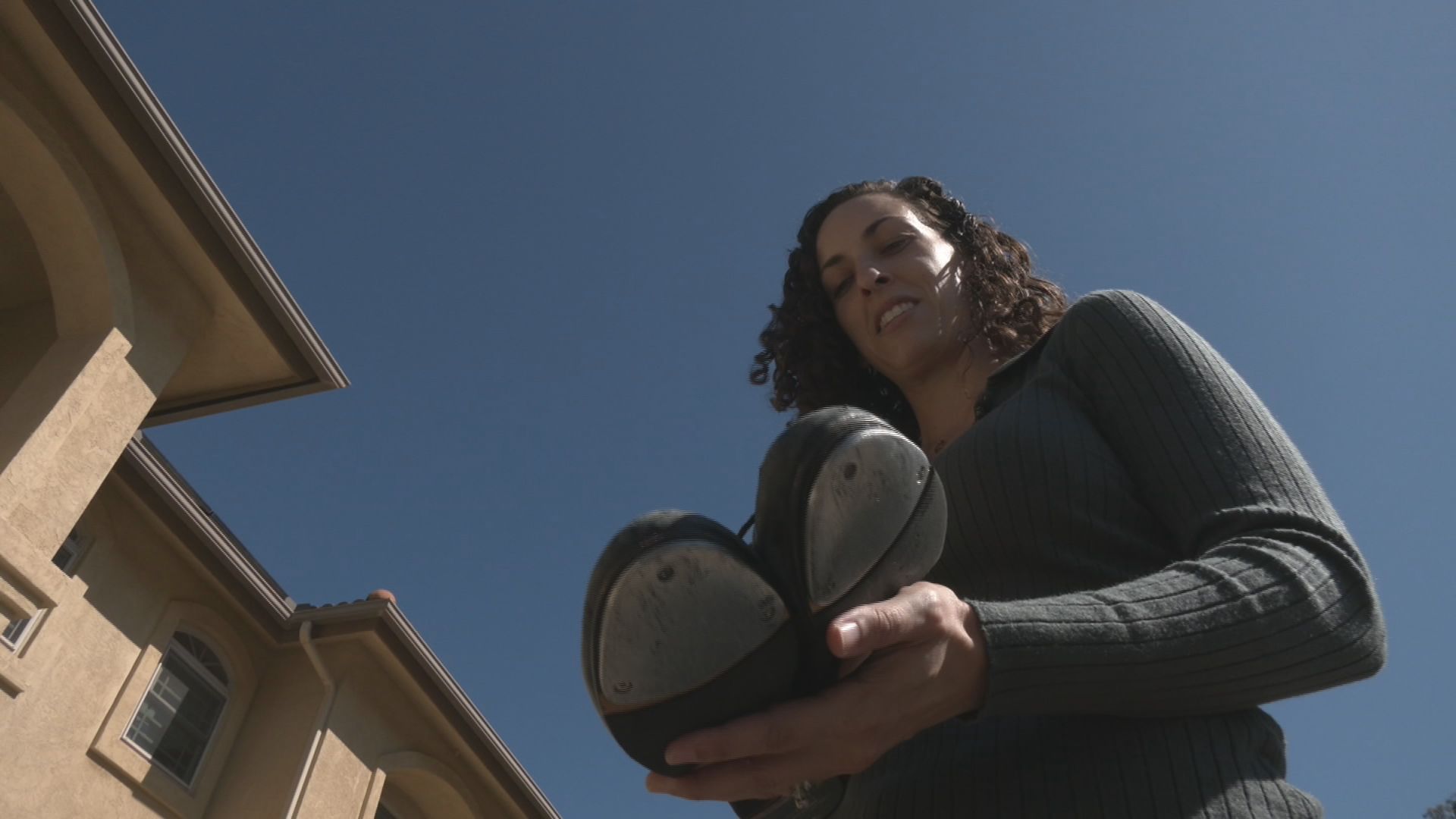
Oct. 25 marked 20 years since the start of the Cedar Fire. It would go down in history as one of the state’s largest wildfires, burning 280,000 acres.
In its path were homes and, sadly, the lives of more than a dozen people.
Within five days the Cedar fire reached Cuyamaca Rancho State Park.
By the time it moved through, 10,000 forested acres of the park were burned, according to California State Parks environmental scientist John Lovio.
Get top local stories in San Diego delivered to you every morning. Sign up for NBC San Diego's News Headlines newsletter.
Since then, it’s been a slow and steady process to replace what once was. But still, you can see what the fire left behind. For commuters who drive state Route 79, the signs from the Cedar Fire are still very apparent. Dead standing trees, otherwise known as snags, still scatter the eastern flank of Cuyamaca Peak. What you can’t see from the roadside are some of the efforts to restore the trees that were lost.
2003 Cedar Fire
Lovio and other experts are three-fourths of the way through the Cuyamaca Rancho State Park Reforestation Project, which is restoring three species of oak trees and five species of conifer trees across 2,500 acres of the 10,000 acres of forested land that was burned.
The project really started back in 2010, Lovio said, with a goal to plant 100 acres at a time. As of Wednesday, more than 75% of those acres have been replanted. Lovio said that while the oak trees come back on their own, the five species of conifer trees need a little extra help.
“Those are the ones that demonstrated to not come back on their own, or at least in very small numbers, so those are the ones that need a boost,” Lovio said.
Those conifer trees can be seen from the roads along Cuyamaca Peak, some less than two feet in stature and accompanied by a shade card.
But before they even make it outside, these conifer trees start their lives in a nursery. Once they do make it outside, they’re planted at the beginning of the year when the soil is damp from winter rain.
“There are some trees here that are in the 10-year age range and we’re starting to see them form a canopy,” Lovio said. “In another 10 years would be the development of a conifer canopy, and we’re not exactly sure what happens to the brush, preferably get shaded out, and then we get to the point where the trees are old enough and they start casting their own cones.”
That’s the reason behind repopulating 25% of the lost vegetation. Lovio said nature should take its course and these trees will be able to spread their seeds over time and repopulate.
“We only plant in areas that were previously forested, not in the meadows, not the chaparral,” Lovio. “We’re basically trying to restore what was there before.”
As the trees are planted, Lovio said it’s a constant race with the brush that is also growing.
“It actually helps to bind the soil but the downside is that it competes with the regrowth of the trees.”
The reforestation project is part of a carbon sequestration project, too.
“We’re hoping to recoup the loss or sort of the liberation by sequestering that same carbon back over the next century,” Lovio said.
Lovio went on to say that by sequestering the carbon out of the atmosphere, it will reduce the warming from greenhouse gases.
There’s hope that the work being done now will result in a dense forest.
”We’ve lost a disproportionate amount of this habitat – really what it amounts to is our attempt to restore biodiversity," he said.
Not only has it been the trees, but various species of birds are no longer in the park and the western gray squirrel population has dwindled, too, according to Lovio.
And if there’s one thing Lovio and his colleagues want to emphasize, it’s this.
”It all has to do with time, it’s all a time factor. Forest restoration is very slow," he said.
But, Lovio said they like the progress they’re seeing as they work to maintain regional biodiversity that was lost at a disproportionate amount due to the Cedar Fire.
“About a quarter million trees have gone into the ground,” Lovio said.
But there’s still work to be done. Lovio said the team will reassess once the 2,500-acre restoration is reached. Until then, there are still trees to be planted.
“I think in time, it may take two or three centuries to restore what we had before," he said.



